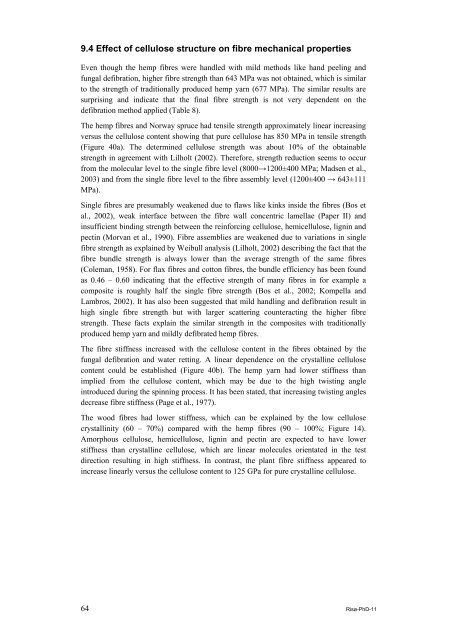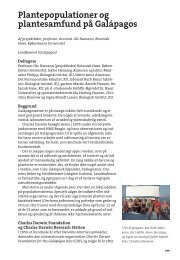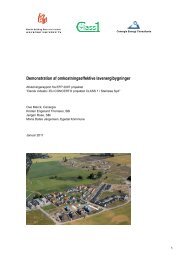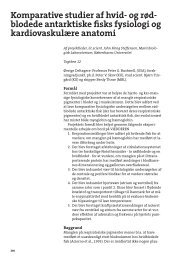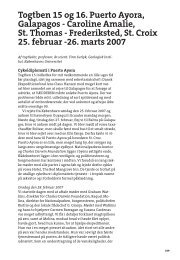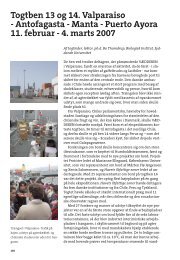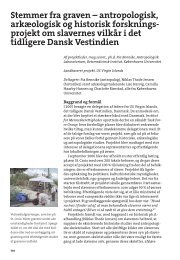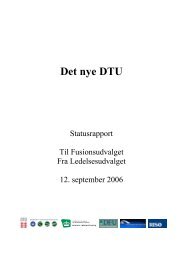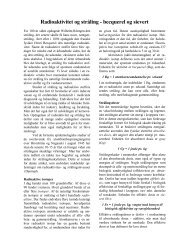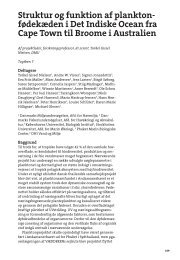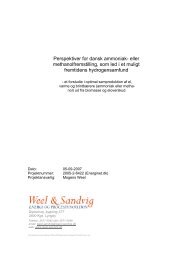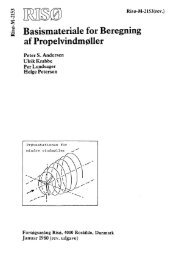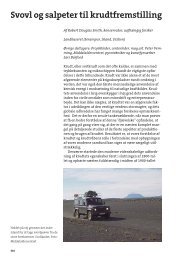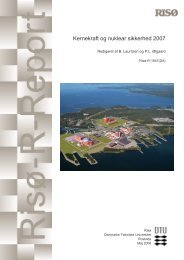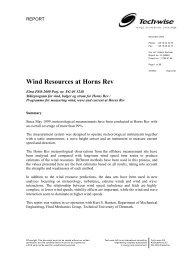Properties of hemp fibre polymer composites -An optimisation of ...
Properties of hemp fibre polymer composites -An optimisation of ...
Properties of hemp fibre polymer composites -An optimisation of ...
Create successful ePaper yourself
Turn your PDF publications into a flip-book with our unique Google optimized e-Paper software.
9.4 Effect <strong>of</strong> cellulose structure on <strong>fibre</strong> mechanical properties<br />
Even though the <strong>hemp</strong> <strong>fibre</strong>s were handled with mild methods like hand peeling and<br />
fungal defibration, higher <strong>fibre</strong> strength than 643 MPa was not obtained, which is similar<br />
to the strength <strong>of</strong> traditionally produced <strong>hemp</strong> yarn (677 MPa). The similar results are<br />
surprising and indicate that the final <strong>fibre</strong> strength is not very dependent on the<br />
defibration method applied (Table 8).<br />
The <strong>hemp</strong> <strong>fibre</strong>s and Norway spruce had tensile strength approximately linear increasing<br />
versus the cellulose content showing that pure cellulose has 850 MPa in tensile strength<br />
(Figure 40a). The determined cellulose strength was about 10% <strong>of</strong> the obtainable<br />
strength in agreement with Lilholt (2002). Therefore, strength reduction seems to occur<br />
from the molecular level to the single <strong>fibre</strong> level (8000→1200±400 MPa; Madsen et al.,<br />
2003) and from the single <strong>fibre</strong> level to the <strong>fibre</strong> assembly level (1200±400 → 643±111<br />
MPa).<br />
Single <strong>fibre</strong>s are presumably weakened due to flaws like kinks inside the <strong>fibre</strong>s (Bos et<br />
al., 2002), weak interface between the <strong>fibre</strong> wall concentric lamellae (Paper II) and<br />
insufficient binding strength between the reinforcing cellulose, hemicellulose, lignin and<br />
pectin (Morvan et al., 1990). Fibre assemblies are weakened due to variations in single<br />
<strong>fibre</strong> strength as explained by Weibull analysis (Lilholt, 2002) describing the fact that the<br />
<strong>fibre</strong> bundle strength is always lower than the average strength <strong>of</strong> the same <strong>fibre</strong>s<br />
(Coleman, 1958). For flax <strong>fibre</strong>s and cotton <strong>fibre</strong>s, the bundle efficiency has been found<br />
as 0.46 – 0.60 indicating that the effective strength <strong>of</strong> many <strong>fibre</strong>s in for example a<br />
composite is roughly half the single <strong>fibre</strong> strength (Bos et al., 2002; Kompella and<br />
Lambros, 2002). It has also been suggested that mild handling and defibration result in<br />
high single <strong>fibre</strong> strength but with larger scattering counteracting the higher <strong>fibre</strong><br />
strength. These facts explain the similar strength in the <strong>composites</strong> with traditionally<br />
produced <strong>hemp</strong> yarn and mildly defibrated <strong>hemp</strong> <strong>fibre</strong>s.<br />
The <strong>fibre</strong> stiffness increased with the cellulose content in the <strong>fibre</strong>s obtained by the<br />
fungal defibration and water retting. A linear dependence on the crystalline cellulose<br />
content could be established (Figure 40b). The <strong>hemp</strong> yarn had lower stiffness than<br />
implied from the cellulose content, which may be due to the high twisting angle<br />
introduced during the spinning process. It has been stated, that increasing twisting angles<br />
decrease <strong>fibre</strong> stiffness (Page et al., 1977).<br />
The wood <strong>fibre</strong>s had lower stiffness, which can be explained by the low cellulose<br />
crystallinity (60 – 70%) compared with the <strong>hemp</strong> <strong>fibre</strong>s (90 – 100%; Figure 14).<br />
Amorphous cellulose, hemicellulose, lignin and pectin are expected to have lower<br />
stiffness than crystalline cellulose, which are linear molecules orientated in the test<br />
direction resulting in high stiffness. In contrast, the plant <strong>fibre</strong> stiffness appeared to<br />
increase linearly versus the cellulose content to 125 GPa for pure crystalline cellulose.<br />
64 Risø-PhD-11


